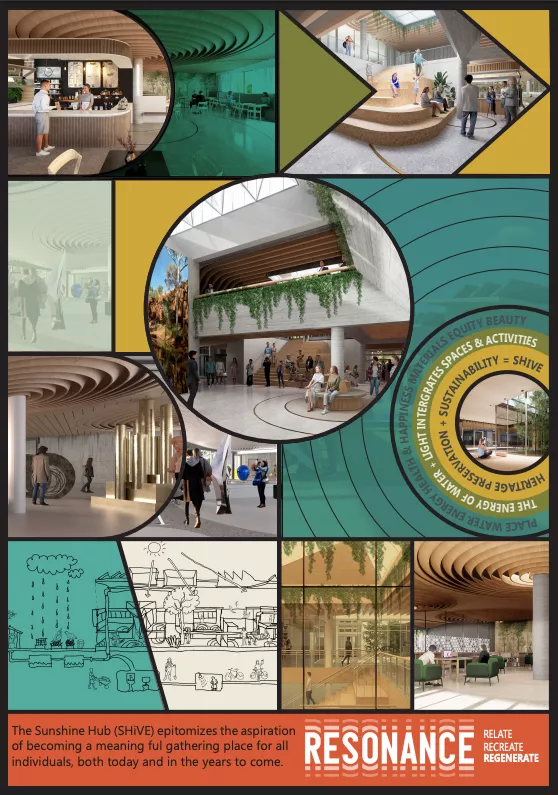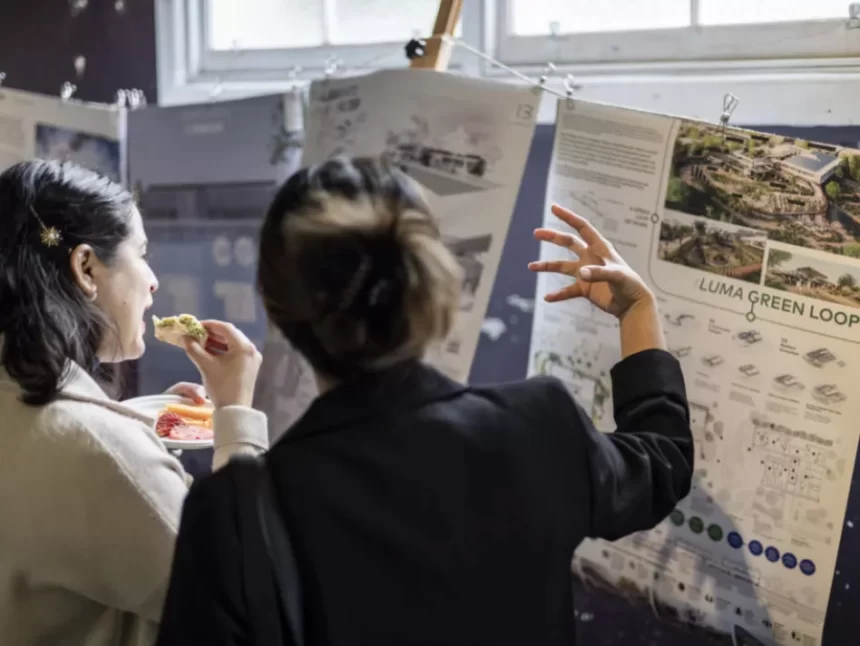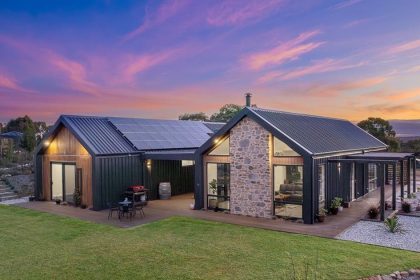Future building restoration projects could give back more to the local environment than they take away; at least, that’s the hope of organisers of a unique design competition.
The Illuminate Living Building Challenge tasks architects, designers, and students to restore and regenerate historic structures to positively impact both the humans and nature surrounding them.
Operated by The International Living Future Institute (ILFI), the competition aims to revolutionise Australia’s built environment by promoting buildings, infrastructure and community spaces that are more than green – they’re regenerative.
With estimates suggesting that up to 80 per cent of Australia’s buildings in 2050 already exist today, achieving the nation’s net zero by 2050 will likely necessitate deep retrofits of existing structures to become more environmentally conscious.
This year’s competition challenged entrants to rethink Melbourne’s heritage-listed Sunshine North building – The former City West Water administrative block remains essential to the region’s historical, cultural and architectural pride.
Development Victoria is now ready to transform the historic site into a mixed-use development, complementing the neighbouring residential, retail, and community uses.
Together with ILFI, they challenged designers to conceive something never before seen down under – a heritage listing building with a positive environmental impact.
Winners of the professional architect category, Includesign & Mine the Sky, took inspiration from traditional landowners, the Kurung-jang-balluk people.
Their design encourages the development of a circular local economy by using locally recycled and reclaimed materials in the building’s refurbishment. Once completed, the site would feature a repair café, a library of stuff, and Indigenous businesses.
The design’s theme revolves around the indigenous practice of Caring for Country, ensuring the building helped teach the community how to care for Country, through planting, tending, fixing and building the surrounding environment.

University of Melbourne’s Chon Kei Lam won the student category with his project proposal to reintroduce “nature” to the site through restoration of the surrounding grassland to reimagine a future of residents living among nature.
“In the contemporary world, a clear boundary exists between humans and nature. Nature is often referred to as plants or animals from which we exclude ourselves,” Mr Lam said.
“The site is located in the high-strategic biodiversity-values zone with a few pieces of connected remnant grassland on the west. Stony Creek and Jones Creek flow through these areas. Grassland restoration can potentially integrate the site into the ecological corridor.”
Lastly, Resonance by Arkee Studio Pty Ltd walked away as winners of the People’s Choice category by combining heritage preservation and sustainability to create a thriving community hub called The Sunshine Hub (SHiVE).
The hub’s design leaned heavily on incorporating localised water collection and treatment alongside an intelligent use of natural light throughout to reduce energy expenditure.

LFIA CEO Laura Hamilton-O’Hara says the competition would provide inspiration for future building renovation designs.
“To see the building come to life in many unique, regenerative and imaginative ways was inspiring. Thank you to Development Victoria for partnering with us to run this world-first ideas competition, and congratulations to all the winners,” she said.
To view all the entries and their design details, visit the Living Future Insititute Australia website.







